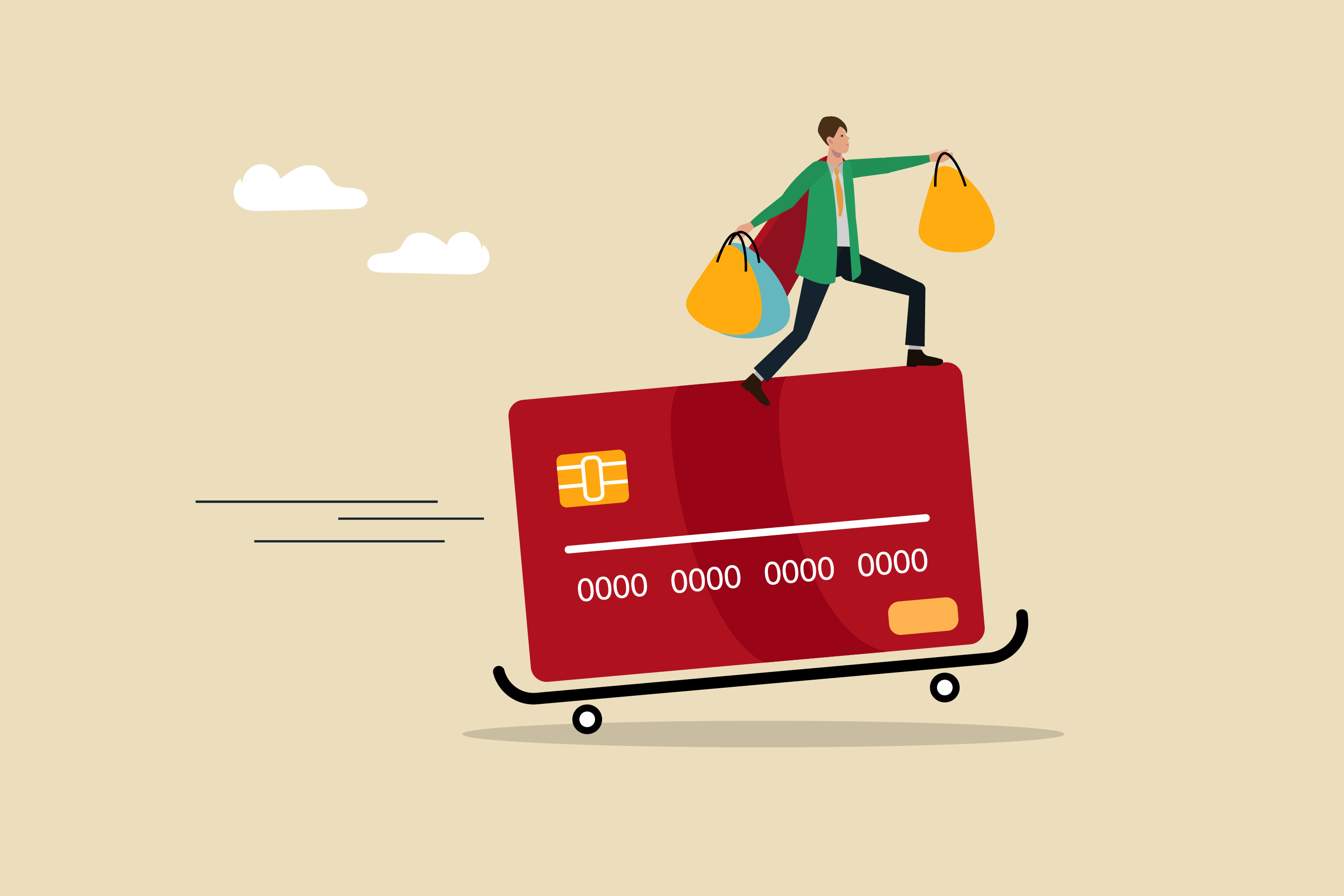Best No-Fee High-Yield Savings Rates: January 2026
If you want to achieve short-term savings goals, these are the best options to consider. Best of all, they're fee-free.

Rachael Green
If you're looking to find a great high-yield savings account but want to avoid pesky fees, you're in luck. You can find no-fee high-yield savings rates as high as 4.35%
With a no-fee high-yield savings account, you'll have the benefit of a high APY, but you won't have to cut into your earnings by offsetting any additional monthly fees.
Best of all, now is an excellent time to secure a higher rate, as the Federal Reserve cut rates again at its December meeting. You should capitalize sooner rather than later, while rates are still higher.
The best no-fee high-yield savings rates
Account | APY | Min. Opening Deposit |
|---|---|---|
4.35% | $0 | |
4.16% | $100 | |
4.05% | $100 | |
3.90% | $0 | |
3.90% | $0 | |
3.75% | $0 | |
3.75% | $100 |
Tips for finding the best no-fee high-yield savings rates
Before you open a no-fee high-yield account, there are a few things to keep in mind.
Look out for hidden fees: Brick-and-mortar banks and credit unions are more likely to have minimum balance requirements than online banks. In all cases, check to see what, if any, requirements exist before opening the account, so fees don't eat into interest earnings.
Ensure your money is safe: Another important consideration when opening a savings account is to verify that it is FDIC-insured, so you can be confident that your funds will be secure in the event the bank fails. The FDIC protects up to $250,000 in individual deposit accounts and up to $250,000 for each person's share of joint accounts. Credit Union members also receive $250,000 through the NCUA.
Compare high-yield rates: It's a good idea to shop around for savings accounts to ensure you get the best rates. Usually, online banks offer more generous APYs on savings accounts, so changing from your traditional savings account at a brick-and-mortar bank to one online could be a good choice.
Avoid teaser rates: Teaser rates are promotional rates that banks use to attract new customers, but these are typically short-lived.
Rates are variable: Since interest rates on no-fee high-yield savings accounts are variable, the APY on the account can decrease from what it was when you first opened the account if the Fed cuts rates in the future.
Use the tool below to search further for some of the best high-yield savings accounts available:
Pros and cons of no-fee high-yield savings accounts
Pros:
- Higher APYs: Since high-yield savings accounts have higher APYs than traditional savings accounts, you'll accrue more interest over time. Plus, interest in these accounts is compounded daily.
- Safety: Many high-yield accounts are FDIC or NCUA insured, meaning that if something were to happen to the bank (or credit union) your account is with, your money will still be safe.
- Accessibility: While there are sometimes limitations to the number of free withdrawals you can make from a savings account, your money is still readily accessible whenever needed.
- No minimum deposit requirements and/or fees: Many high-yield savings accounts charge a monthly fee and/or require a minimum deposit to earn the advertised APY, but no-fee accounts won't.
Cons:
- Not suited for long-term goals: If you're looking to save for long-term goals, such as retirement, other investments, such as stocks, are usually a better choice for your money.
- Variable interest rates: Since interest rates are variable, the APY on the account can decrease from the rate it was when you opened the account.
- Online banks: Since most high-yield accounts are offered by online banks, you likely won't have branch access, so contacting customer service can be more challenging.
- Transfers can be time-consuming: If you have a savings account with an online bank and a checking account with a traditional bank, it could take a few days to transfer funds from your savings to your checking account. Should you need immediate access to your savings, ensure you have an active ATM card available.
Bottom line on no-fee high-yield savings rates
If you're not saving your cash in a high-yield savings account, you're missing out on easy money. Many high-yield savings accounts offer impressive APYs that can help you bolster your savings with no effort.
If you opt for a no-fee account, you won't have to worry about paying a monthly service charges that can eat into the interest you've earned.
Related Content
Profit and prosper with the best of Kiplinger's advice on investing, taxes, retirement, personal finance and much more. Delivered daily. Enter your email in the box and click Sign Me Up.

Sean is a veteran personal finance writer, with over 10 years of experience. He's written finance guides on insurance, savings, travel and more for CNET, Bankrate and GOBankingRates.
- Rachael GreenPersonal finance eCommerce writer
-
 States That Tax Social Security Benefits in 2026
States That Tax Social Security Benefits in 2026Retirement Tax Not all retirees who live in states that tax Social Security benefits have to pay state income taxes. Will your benefits be taxed?
-
 QUIZ: What Type Of Retirement Spender Are You?
QUIZ: What Type Of Retirement Spender Are You?Quiz What is your retirement spending style? Find out with this quick quiz.
-
 How to Avoid the Financial Quicksand of Early Retirement Losses
How to Avoid the Financial Quicksand of Early Retirement LossesSequence of returns — experiencing losses early on — can quickly deplete your savings, highlighting the need for strategies that prioritize income stability.
-
 Is Your Emergency Fund Running Low? Here's How to Bulk It Back Up
Is Your Emergency Fund Running Low? Here's How to Bulk It Back UpIf you're struggling right now, you're not alone. Here's how you can identify financial issues, implement a budget and prioritize rebuilding your emergency fund.
-
 My First $1 Million: Semiretired CPA, 68, San Francisco
My First $1 Million: Semiretired CPA, 68, San FranciscoEver wonder how someone who's made a million dollars or more did it? Kiplinger's My First $1 Million series uncovers the answers.
-
 I'm a Wealth Adviser: These Are the 7 Risks Your Retirement Plan Should Address
I'm a Wealth Adviser: These Are the 7 Risks Your Retirement Plan Should AddressYour retirement needs to be able to withstand several major threats, including inflation, longevity, long-term care costs, market swings and more.
-
 Tip: Ways to Track Your Credit Card Rewards
Tip: Ways to Track Your Credit Card RewardsHere are the best strategies and apps to help you stay current with your credit card rewards.
-
 Do You Have an Insurance Coverage Gap for Your Valuables? You May Be Surprised to Learn You Do
Do You Have an Insurance Coverage Gap for Your Valuables? You May Be Surprised to Learn You DoStandard homeowners insurance usually has strict limits on high-value items, so you should formally "schedule" these valuable possessions with your insurer.
-
 How We Manage Our Finances Together as a Married Couple
How We Manage Our Finances Together as a Married CoupleDouglas Boneparth, a certified financial planner, and his wife, Heather Boneparth, speak with Kiplinger about couples managing finances.
-
 How AI Is Changing the Way Americans Spend on Live Events
How AI Is Changing the Way Americans Spend on Live EventsAI bots are reshaping ticket prices, resale markets and how fans shop. Here's what it means for your wallet and how to get the best deals on concerts, sports and shows.
-
 What Bilt Cardholders Need to Know as Wells Fargo Exits the Program
What Bilt Cardholders Need to Know as Wells Fargo Exits the ProgramA major shake-up in the Bilt Rewards program could affect your credit card, rent rewards and points strategy heading into 2026.